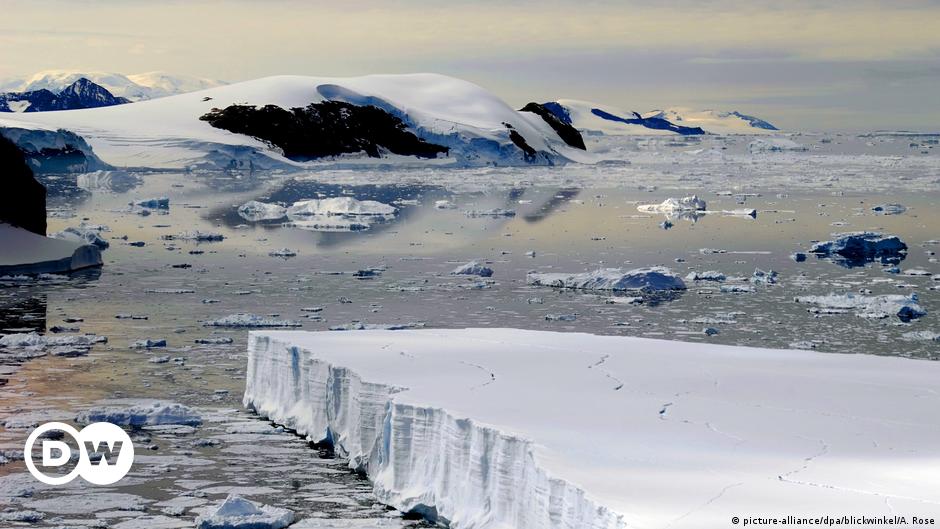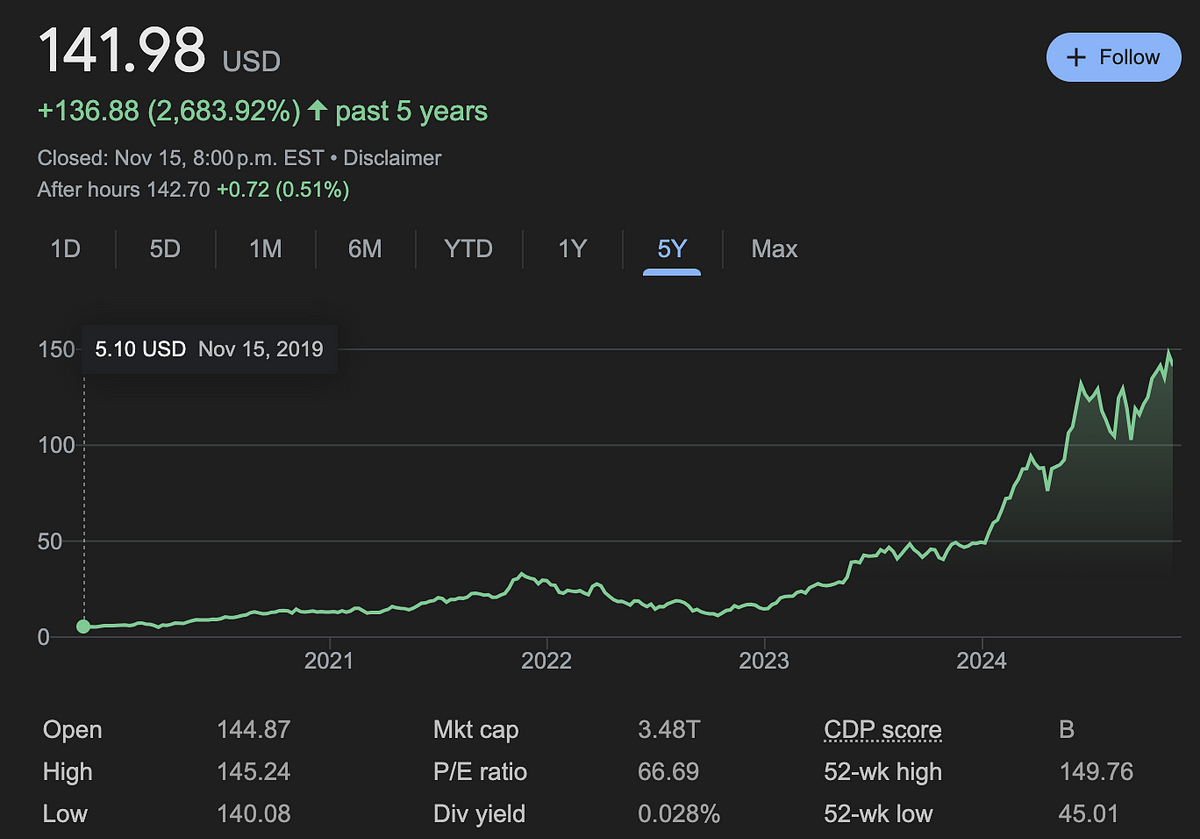
NOAA finds 77% of world’s corals exposed to bleaching-level heat
In 2023, more than three-quarters of the world’s coral reefs were exposed to ocean temperatures that can cause coral bleaching, researchers with the U.S. National Oceanic and Atmospheric Administration (NOAA) report.
Roughly 90% of the excess heat from anthropogenic climate change is absorbed by the oceans, making them hotter now than at any point in modern history. That excess heat is a killer for the symbiotic algae that live inside corals, providing them with nutrients and their bright colors. When water becomes too warm, the corals expel their algae, causing them to become weak and susceptible to disease. The result is coral bleaching, leaving reefs ghostly white.
Scientists at NOAA regularly track ocean temperatures to see what percentage of the world’s coral are experiencing bleaching-level heat stress. In areas they suspect bleaching might be happening, they then reach out to local scientists and colleagues for verification.
The NOAA researchers have now found that 77% of the world’s reef areas have experienced bleaching-level heat stress since 2023. “That is record-setting,” Derek Manzello, coordinator of the NOAA Coral Reef Watch, told Mongabay in a phone call.





















.webp)